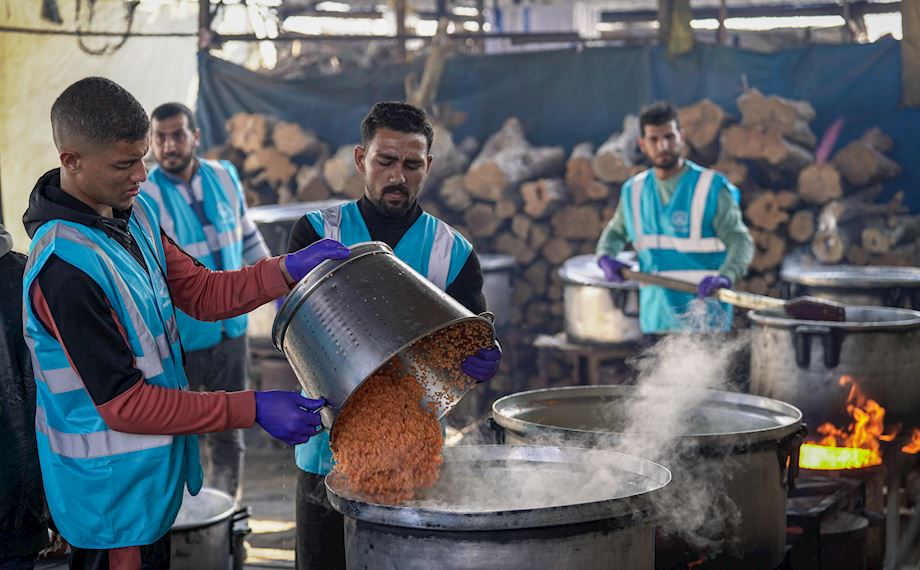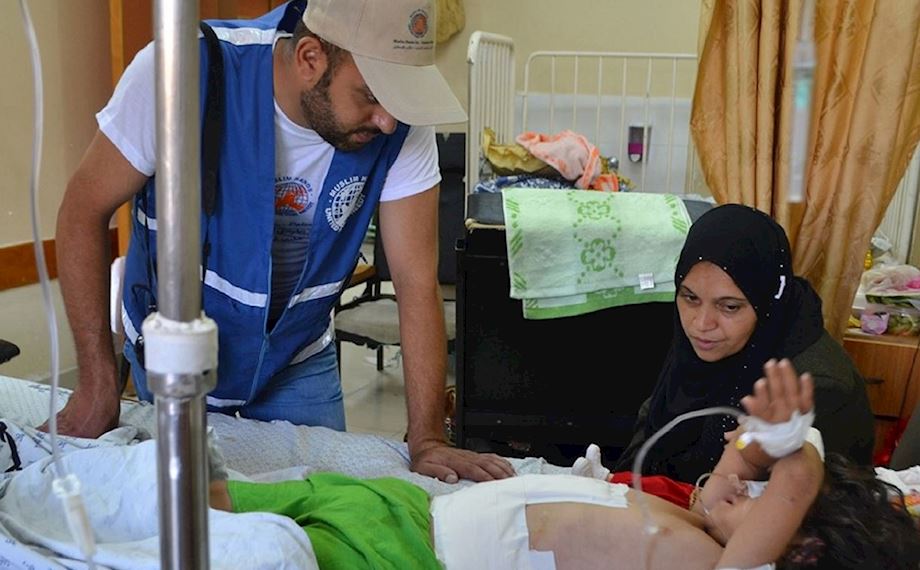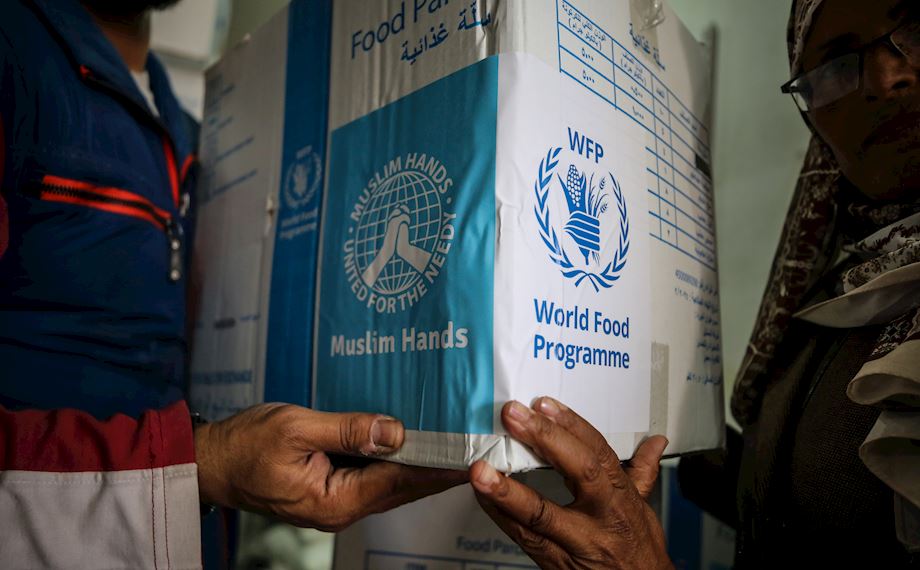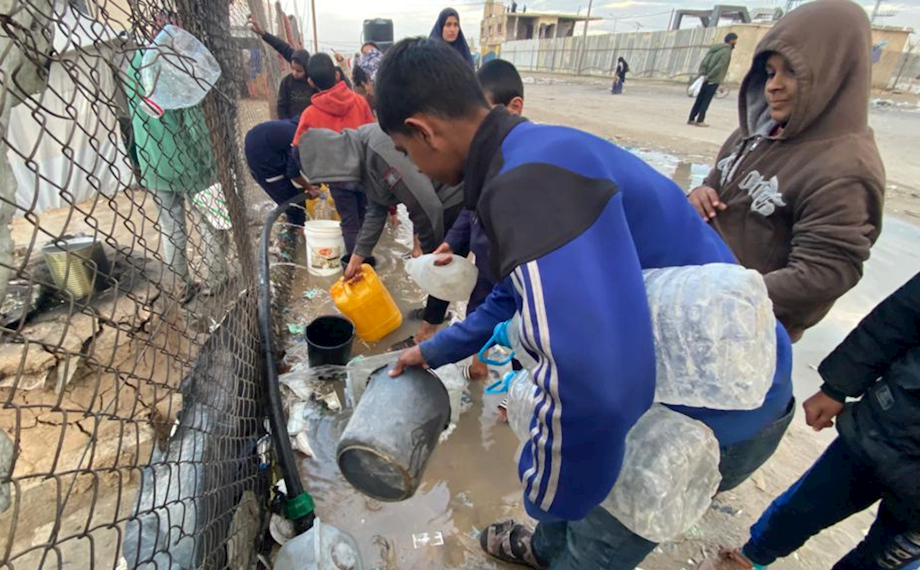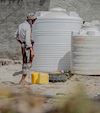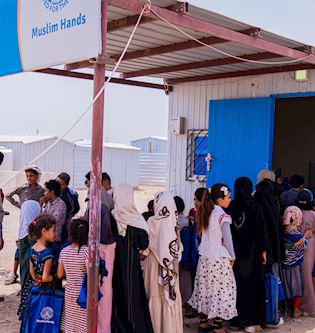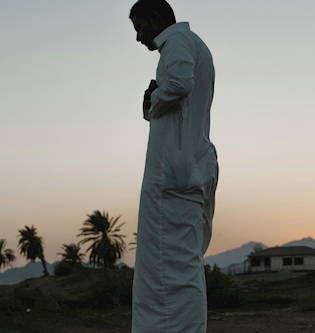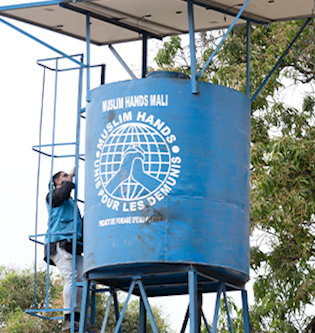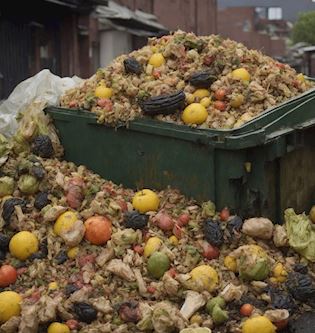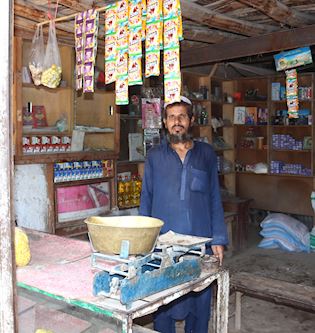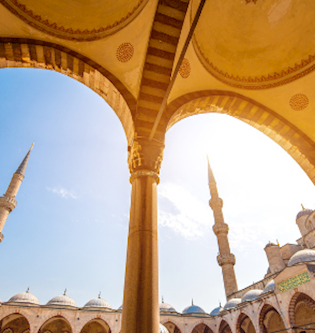Gaza's Water Crisis: Children Carry Hope as Diseases Spread
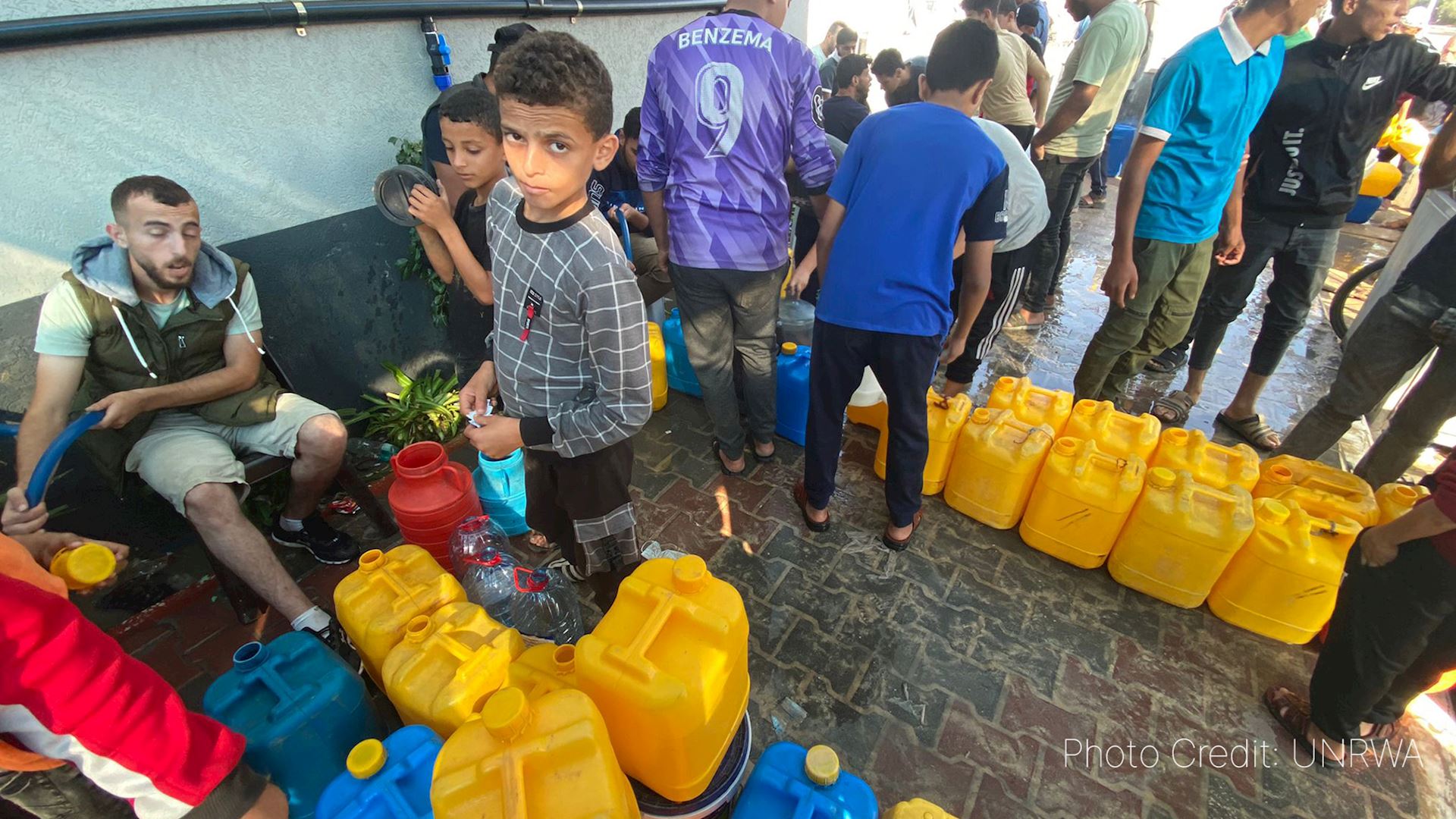
Pictures from Gaza show resilient scenes of children carrying water through the remnants of their shattered city. Small hands grip plastic jerry cans, dented from countless trips. In the background, skeletal outlines of buildings loom—crumbling apartment blocks and burnt vehicles amid scathes of debris.
The destruction of hundreds of groundwater wells has left many struggling to access clean water, with the average Gazan relying on just three liters per day—far below the humanitarian standard of 15 liters.
With many wastewater treatment plants damaged, sewage contaminates the streets, increasing the risk of deadly diseases like diarrhea and skin infections. The threat of polio and other waterborne diseases is also alarmingly high. Hepatitis A is also spreading across shelters, threatening lives.
In a social media post last month, Philippe Lazzarini, Commissioner-General of UNRWA (United Nations Relief and Works Agency for Palestine Refugees in the Near East) said that since the beginning of the war, UNRWA has reported 40,000 cases of Hepatitis A in their shelters and clinics compared to just 85 in the same period before the conflict.
In response to this water emergency, we are working through our partner, UNRWA, on the ground to distribute clean, drinkable water to those in need.
Between 15 August and 9 September 2024, UNRWA reached about 480,000 people by distributing over 80 cubic metres of water across 105 emergency shelters.
For just $650, you can provide clean water for 80 people.
The lack of water remains one of the greatest dangers, threatening the lives of Gazans.
Your support can allow us to save lives





